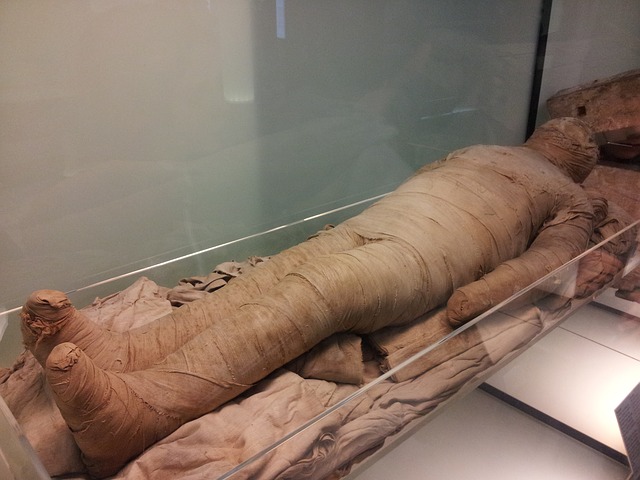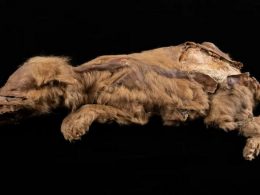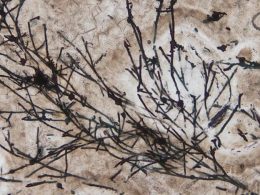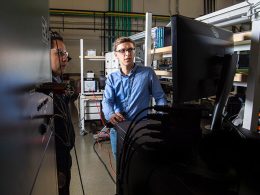Egyptian mummies have been the subject of study by scientists for centuries. Excavations from archeological sites have led to great results in archeology and have enabled scientists to study a great deal about the history of Egypt. Usually, the standard procedures involved unearthing the mummy’s remains from excavation sites and unveiling the sarcophagi to reveal the mummified remains.
Now, scientists do not have to go to such a stressful length to investigate the content of a sarcophagus as a new technique has been invented to allow scientists to study these mummies without tampering with them. It is the use of computed tomography (CT) technology combined with X-ray diffraction.
This technique was recently applied to study the remains of a nearly 2000-years-old mummy discovered in Hawara, Egypt.
While scientists have used X-rays as a non-intrusive technique to study mummies for almost a century, this new technique combines CT scanning and X-ray diffraction in a first of its kind technique. With this newly developed technique, scientists were able to identify what lay inside the age-long corpse.
Stuart Stock, a researcher at Feinberg School of Medicine, Northwestern University, Chicago, and a lead author on the finding, said his team used a CT scan to create a three-dimensional roadmap of the contents of the mummy. At the same time, they flashed X-ray beams whose diameter was tinier than a human hair. With this procedure, they were able to identify what laid inside the wrappings. Stock said the X-rays replicated exactly what was inside the sarcophagus.
The mummy, it turned out, was the body of a 5-year-old child. However, the researchers found another surprising content in the body – pure calcium carbonate, which resembled the shape of a scarab beetle. This shape is that of an incision that is usually placed in the abdomen at mummification.
It was a quick way to identify what strata of the society the mummy belonged to. The mark meant that although the person was not of royal birth, they were high-classed in society. The scarab was an expensive material within reach of the wealthy alone.
The body also showed that the child, who is assumed to be a female, died peacefully. There was no trauma to the bones. However, scientists can’t explain what led to her death.
Also found on the mummy was a portrait that pointed to the fact that the child may have live between 150 and 200 AD. With this technique, which can be used in the future, the researchers said scientists could study the content of a mummy without the need to tamper with the body.
Source: livescience.com









